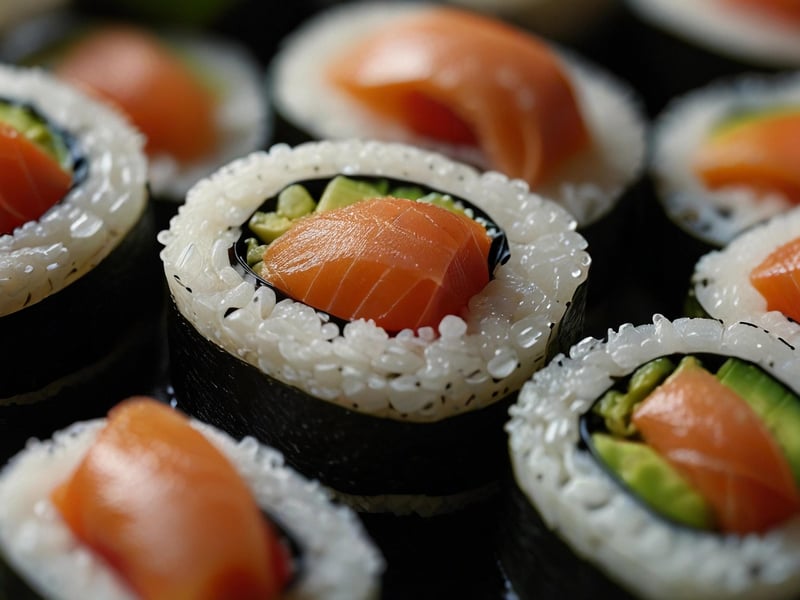Savoring Japanese Sushi
Explore Diverse Flavors: Savoring Japanese Sushi

Japanese sushi is not just a meal; it's an art form that tantalizes the taste buds with its diverse flavors and textures. From traditional nigiri to creative maki rolls, sushi offers a culinary experience like no other.
The History of Sushi
Sushi has a rich history that dates back to the 8th century in Japan. Originally, sushi was a way to preserve fish by fermenting it with rice and salt. Over time, it evolved into the delicious dish we know today, with fresh fish and vinegared rice becoming the staples of sushi preparation.
Types of Sushi
There are various types of sushi to explore, including:
- Nigiri: A hand-pressed mound of rice topped with fresh fish or seafood.
- Sashimi: Sliced raw fish served without rice.
- Maki: Rolled sushi with rice and fillings wrapped in seaweed.
- Temaki: Cone-shaped hand rolls filled with rice, seafood, and vegetables.
Flavors and Ingredients
Japanese sushi offers a symphony of flavors, from the delicate sweetness of fresh fish to the umami-rich taste of soy sauce and wasabi. Common ingredients in sushi include:
- Fresh fish like tuna, salmon, and yellowtail
- Vegetables such as cucumber, avocado, and pickled radish
- Seaweed, rice vinegar, and sesame seeds
Pairing Sushi with Sake
For a truly authentic experience, consider pairing your sushi with sake, a traditional Japanese rice wine. The subtle flavors of sake complement the various tastes of sushi, enhancing the overall dining experience.
Enjoying Sushi
When savoring sushi, remember to dip the fish side, not the rice, into soy sauce. Add a small amount of wasabi to the soy sauce for an extra kick. Eat sushi in one bite to fully appreciate the combination of flavors.
Whether you are a sushi aficionado or new to Japanese cuisine, exploring the diverse flavors of sushi is a delightful journey for the senses.
Experience the art of Japanese sushi and indulge in a culinary adventure that celebrates tradition and innovation.
